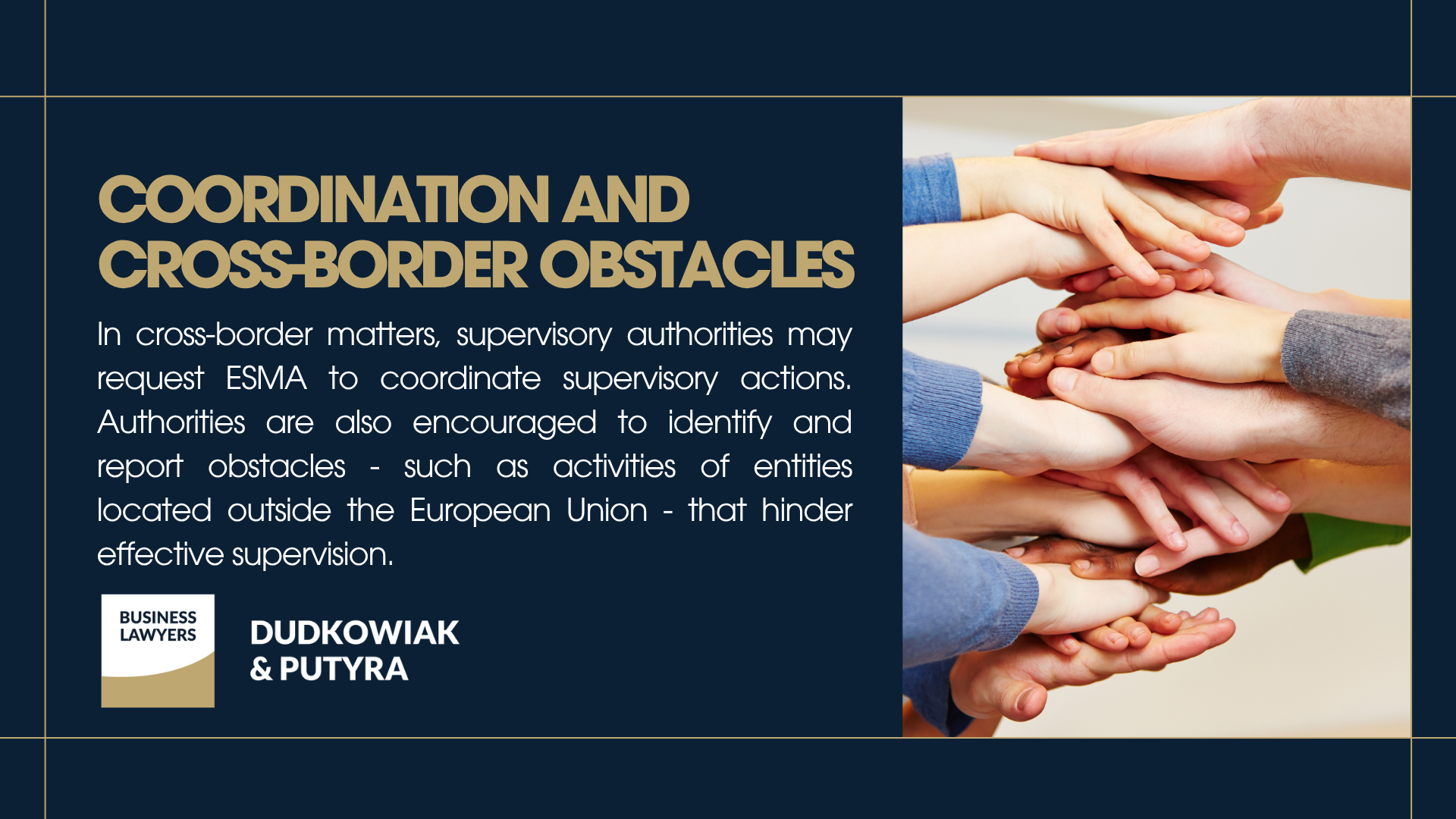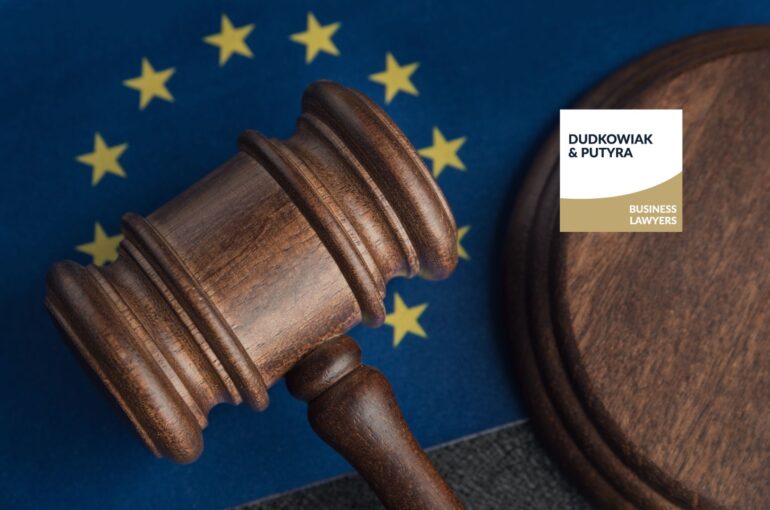ESMA tightens supervision of the crypto asset market – new MiCA standards
On 9 July 2025, the European Securities and Markets Authority (ESMA) published guidelines on supervisory practices aimed at preventing and detecting market abuse in the crypto-asset market. The document complements the Markets in Crypto-Assets Regulation (MiCA) and seeks to harmonise supervisory actions across the European Union.
Scope and Purpose of the Guidelines
In accordance with the MiCA Regulation, the guidelines are directed to competent supervisory authorities. They cover the prevention of insider dealing, unlawful disclosure of inside information, and market manipulation within the crypto-asset market. The aim is to ensure consistency and effectiveness in supervisory action by standardising procedures and strengthening cooperation among supervisory authorities throughout the EU.
According to the document, national authorities have two months from the date of publication to inform ESMA whether they intend to comply with the guidelines. If the decision is made not to comply, proper justification must be provided.
Key Areas Covered by the Guidelines

Proportionality and Risk-Based Approach
The supervisory principles should be implemented proportionally to the activities and risk profile of supervised entities and their impact on market integrity. Particular attention is given to new forms of abuse, such as the spread of false or misleading information via social media, order book manipulation, and Maximal Extractable Value (MEV) strategies.
In view of the rapidly evolving nature of the crypto-asset market, supervisory authorities are encouraged to respond swiftly and proactively to emerging threats.
Integration with Existing Supervisory Frameworks
It is recommended that the supervision of crypto-asset markets be integrated into existing supervisory frameworks applicable to traditional financial instruments. Special attention should be given to monitoring social media activity and the actions of individuals with access to inside information, including miners and validators operating within Distributed Ledger Technology (DLT) systems.
Shared Supervisory Culture
Supervisory authorities are encouraged to exchange information, experience, and best practices through ESMA working groups. Coordination with other institutions, such as anti-money laundering (AML) bodies and consumer protection authorities, is also advocated.
Human and Technological Resources
Effective supervision requires adequate staffing and technological infrastructure. The guidelines recommend the employment of subject-matter experts and the acquisition of tools enabling data-driven and event-driven supervision. Ongoing staff training is deemed essential.
Engagement with Market Participants
Regulators should maintain continuous dialogue with stakeholders such as academics, technology companies, data providers, and industry experts to remain informed about technological developments and to identify new threats in the market.
Education and Prevention
The guidelines underline the importance of educating market participants on applicable rules and prohibited behaviours. Examples include educational materials, training sessions, and Q&A documents. Authorities are also encouraged to promote best practices that exceed the minimum legal requirements.
Market Monitoring
Supervisory authorities should regularly monitor the crypto-asset market using both publicly available data and information reported by crypto-asset service providers (CASPs), such as transaction and order data. In addition, internet communication channels – including social media, blogs, and podcasts – should be reviewed to assess market abuse risks.
Authorities must also ensure that persons professionally arranging or executing transactions (PPAETs) have adequate systems in place to prevent market abuse.
STOR Handling Procedures
Member States must implement standardised procedures for collecting and assessing Suspicious Transaction and Order Reports (STORs). These procedures should clearly define responsibilities and set criteria for evaluating the severity and frequency of reported behaviour.
Coordination and Cross-Border Obstacles
In cross-border matters, supervisory authorities may request ESMA to coordinate supervisory actions. Authorities are also encouraged to identify and report obstacles – such as activities of entities located outside the European Union – that hinder effective supervision.

ESMA’s guidelines establish new supervisory standards for the crypto-asset market, with a strong focus on consistency across the European Union and the use of advanced analytical tools. Their implementation will have significant implications for market participants.
Do you have any questions?
For more information or legal advice regarding MiCA Regulation obligations, please contact us: [email protected]


